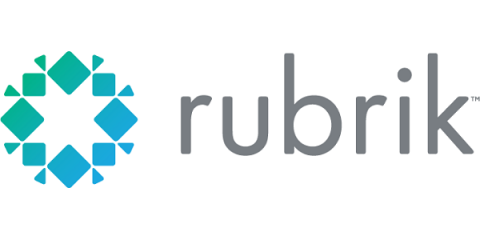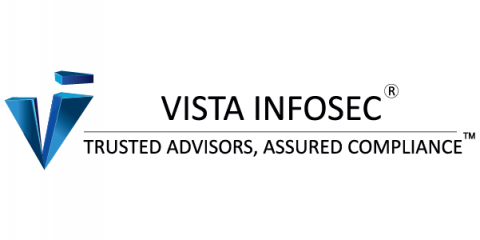Security | Threat Detection | Cyberattacks | DevSecOps | Compliance
Latest News
Nightfall 2022 in Review: A Look at the Exciting Developments in the Past Year
The demand for cloud security continues to increase in the face of supply chain attacks affecting the security of hundreds of thousands of organizations on platforms like GitHub. These concerning developments are among the reasons why we’re building Nightfall and are top of mind as we pursue our vision of enabling data security everywhere in the cloud. 2022 has been a busy and exciting year for us here at Nightfall as we’ve built out the platform in response to these developments.
ISO 27001:2022 and the new requirements for Data Leakage Prevention
The ISO 27001 is one of the most recognized security standards for private sector organizations across the globe and is often required by prospective enterprise customers, helping organizations unlock new business opportunities. ISO 27001 was recently updated along with its companion guidance standard ISO 27002. The updated title for this standard is ISO/IEC 27001:2022 Information Security, Cybersecurity, and Privacy Protection.
10 Data Protection Tips for 2023
Ransomware Statistics, Facts, and Trends of 2023
Ransomware is one of the most dangerous cyber attacks to businesses and consumers. This type of malware holds files and data hostage until a ransom is paid. Ransomware incidents can result in data loss, financial losses, and even ransomware payments. In order to protect your business from ransomware-based data breaches, it is important to understand ransomware statistics, ransomware trends, and the best practices for ransomware prevention.
Dark Data: What is it? How can you best utilize it?
The content of this post is solely the responsibility of the author. AT&T does not adopt or endorse any of the views, positions, or information provided by the author in this article. Data continues to be a valuable asset for an organization and plays a crucial role in making operational and strategic business decisions. With the growth of hybrid, private, and multi-cloud models, much of the data is stored on these platforms and becomes vulnerable to malicious activities and potential data leaks.
A New Approach to Data Security for the New Year
Over the last few years, we have seen more and more organizations moving into hybrid and remote working environments. With that change, IT teams have learned that they cannot trust the network like they have in the past. Using the internet, employees now have direct access to your organization's resources, circumventing traditional security tools like virtual private networks (VPNs) and firewalls.
How can Cyber Security Playbooks and Runbooks Benefit Your Security Program?
You probably don’t need anyone to tell you that, today, infosec and cybersecurity are challenging and fast-paced endeavors. In the last five years alone, we’ve seen a myriad of industry altering developments — from an ever expanding universe of privacy compliance legislation and the permanent entrenchment of hybrid and remote work, to growth in the size and scope of data breaches — the world of security has proven ever complex and ever-shifting.
How does VPN Security help in Data Security & Privacy?
Today in a technology-driven business world, network security is an utmost priority for all businesses, especially for those dealing with sensitive data. More so, in an organization that works in a hybrid environment wherein information and critical data are accessed remotely, the need for securing such data and network is important. This has led to a paradigm shift in the approach of establishing a robust security program and security implementations within the organization.
2022 in Review: 4 Lessons We've Learned from 2022's Largest GitHub Breaches
2022 revealed that security challenges remain for organizations leveraging GitHub. Between supply chain attacks, API key leaks, and other security risks, there are plenty of lessons and takeaways from this year’s GitHub-related headlines. In this post, we’ve rounded up and categorized the year’s largest GitHub stories. Read on to learn more about the types of security risks occurring in GitHub and the lessons you’ll want to take with you into 2023 and beyond.









